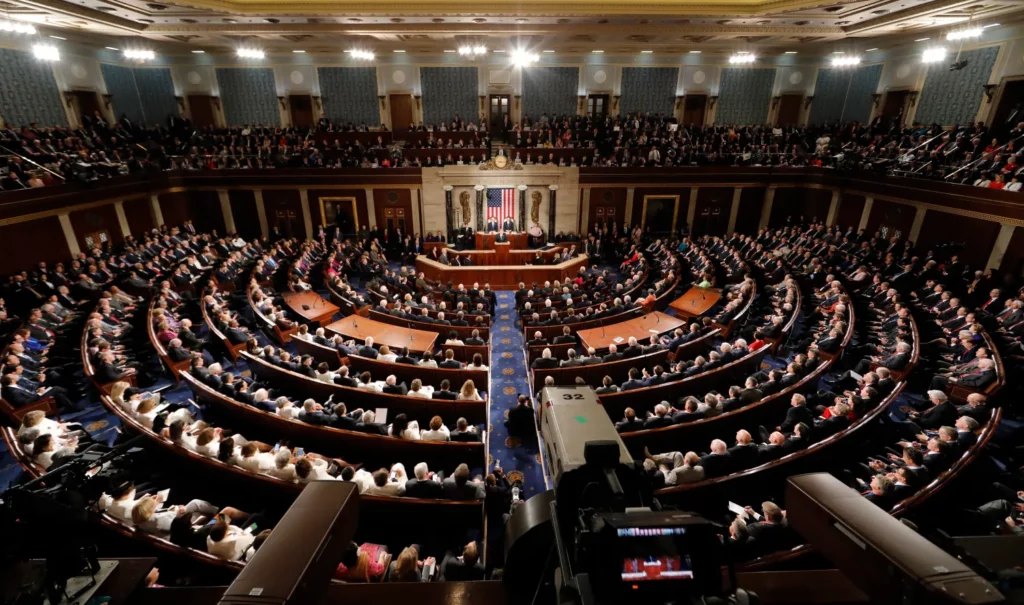The Foundation of Governance
The American political system is a multifaceted and well-established structure that has been in operation since the late 18th century. At its core, the system is based on the principles outlined in the United States Constitution, which serves as the foundation for the country’s governance. Written in 1787, ratified in 1788, and in operation since 1789, the United States Constitution is the world’s longest surviving written charter of government.
The Evolution of the Constitution
It outlines the framework for the federal government, including the separation of powers among the legislative, executive, and judicial branches, and the system of checks and balances. The Constitution is a living document that has been amended 27 times to reflect the changing needs and values of American society. The United States Constitution, often referred to as a “bundle of compromises,” was a product of intense debate and negotiation among the framers. It reflects their vision of a government that derives its power from the consent of the governed and is designed to prevent any one branch of government from becoming too powerful.

The Foundation of Governance
The American political system is a multifaceted and well-established structure that has been in operation since the late 18th century. At its core, the system is based on the principles outlined in the United States Constitution, which serves as the foundation for the country’s governance. Written in 1787, ratified in 1788, and in operation since 1789, the United States Constitution is the world’s longest surviving written charter of government
The Evolution of the Constitution
It outlines the framework for the federal government, including the separation of powers among the legislative, executive, and judicial branches, and the system of checks and balances. The Constitution is a living document that has been amended 27 times to reflect the changing needs and values of American society. The United States Constitution, often referred to as a “bundle of compromises,” was a product of intense debate and negotiation among the framers. It reflects their vision of a government that derives its power from the consent of the governed and is designed to prevent any one branch of government from becoming too powerful.
The Legislative Branch
The Congress, as outlined in the Constitution, is the legislative branch of the federal government and is responsible for making laws. It is divided into two chambers: the Senate and the House of Representatives. The Senate is composed of two senators from each state, while the number of representatives in the House is based on each state’s population. This bicameral structure was another compromise reached by the framers to ensure that both small and large states would have a voice in the legislative process.
The Executive Branch
The executive branch, headed by the President, is responsible for implementing and enforcing the laws passed by Congress. The President is also the Commander-in-Chief of the armed forces and has the power to veto legislation passed by Congress. The executive branch also includes the Vice President and 15 executive departments, each led by a member of the President’s Cabinet. This structure reflects the framers’ desire for a strong but accountable executive, capable of decisive action but subject to oversight by the other branches of government.
The Judicial Branch
The judicial branch is responsible for interpreting the laws and consists of the Supreme Court and other federal courts. The Supreme Court has the authority to review and overturn laws that it finds to be unconstitutional, making it a crucial part of the system of checks and balances. The framers intended for the judiciary to be independent and insulated from political pressures, allowing it to serve as a guardian of individual rights and a bulwark against abuses of power. The ongoing debates over judicial appointments and decisions reflect the enduring significance of the judiciary in American politics.In conclusion, the American political system is a carefully crafted structure designed to prevent any one branch of government from becoming too powerful. By dividing power among three branches and establishing a system of checks and balances, the framers of the Constitution sought to ensure that no individual or group could exert unchecked control over the country. The ongoing vitality of American democracy depends on continued engagement with its founding principles and a commitment to upholding the rule of law and respect for democratic norms.